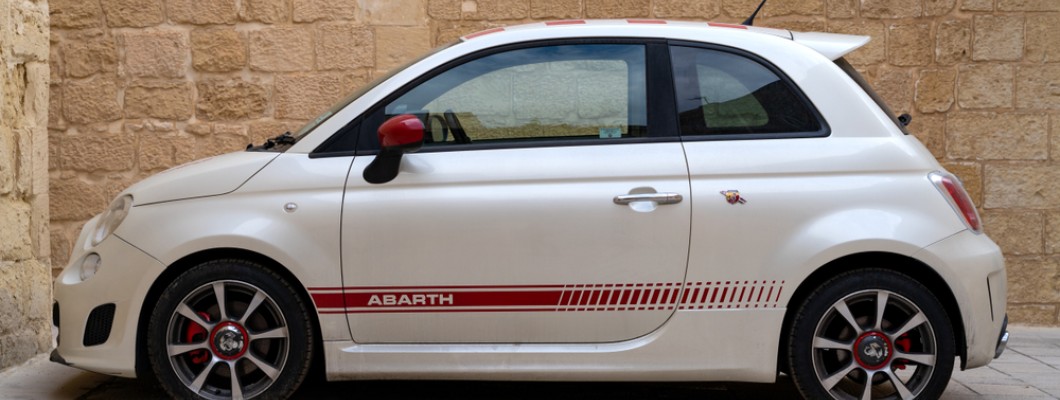
The Fiat 500 is one of the most iconic and beloved city cars ever produced. This petite Italian hatchback has captivated British motorists for over 60 years. Launched in 1957, the original Nuova 500 was designed to bring affordable mobility to the masses in post-war Italy. With its rear-mounted engine, two-door body and diminutive dimensions, the Cinquecento, as it was nicknamed, was an instant success. The little 500 captivated buyers with its practicality, ease of use and cheerful styling. This spirit would carry through to the modern incarnation of the 500 introduced in 2007.
The original 500 first arrived on British shores in 1958, becoming an inexpensive and chic set of wheels for style-conscious motorists. Nicknamed the “Sprezzatura”, the little Italian charmer stood out with its compact size, short overhangs and jaunty metal bumpers painted in a contrasting colour. The 500 found a welcoming niche in the UK market where its cheeky personality and thrifty operation won admirers. Even with just 13 horsepower on tap, the plucky 500 became a common sight on British roads in the 1960s and 70s.
When Fiat unveiled the Nuova 500 in 1957, it was intended as an affordable “people’s car” for motorising the masses in Italy. The small but practical 2-door could accommodate 4 passengers and their luggage while providing weather protection and frugal motoring. The engine was air-cooled for simplicity and mounted in the rear to maximise interior space. At just 3 metres long and weighing under 500kg, the 500 lived up to its name.
The original 500 endured for nearly 20 years, with over 4 million examples built. Various updates were introduced over its lifetime, including more power, revised styling and improved amenities. But the 500 always retained its distinctive bubble shape and friendly persona. Production finally ended in 1975, replaced by the more conventional Fiat 126.
The 500’s success and later nostalgic appeal inspired Fiat to revisit the model in 2007. The brand new 500 would pay tribute to the original while meeting modern expectations. The front-engine, 4-passenger hatchback evoked its predecessor with design touches like a rounded front end, chrome accents and colourful contrasting bumpers. But improved safety, performance, efficiency and technology brought the 500 into the 21st century. This retro-modern approach struck a chord with British buyers drawn to the 500’s heritage appeal and customisation potential. Funky concepts like the 500 by Diesel with denim upholstery and the 500C convertible with roll-back fabric roof kept the 500 on trend. Numerous special editions and collaborations further cemented its fashionable status. With its cheeky style and park-anywhere size, the new 500 was right at home on crowded UK streets.
While the styling indulged in nostalgia, the modern 500 was thoroughly contemporary under the skin. The wide range of efficient petrol and diesel engines provided sprightly performance and excellent fuel economy. The latest Euro 6d engines continue the 500’s eco-friendly focus, along with EV and hybrid variants. With its nimble handling and compact footprint, the 500 remains a joy to hustle through congested cities.
Now entering its third generation, the current Fiat 500 carries the retro torch forward while incorporating contemporary technological advancements. Improved connectivity through Uconnect keeps passengers entertained while semi-autonomous driving aids enhance convenience and safety. The all-electric 500e provides a sustainable yet stylish urban transport solution.
In the 65 years since its debut, the Fiat 500 has become an automotive icon revered by British motorists. Its spirit of style, efficiency and carefree motoring endures thanks to Fiat’s custodianship. For drivers who value heritage, customisation and city-sized practicality, the 500 remains the benchmark. Its familiar shape and jaunty bumpers will likely charm UK streets for years to come.
For all Fiat Bumper replacements, please visit our dedicated Fiat page.
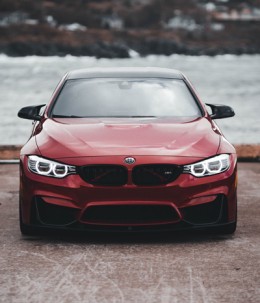

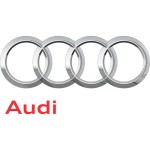

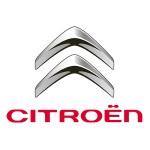

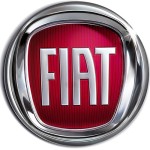
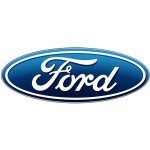





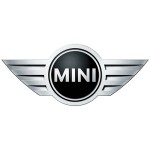

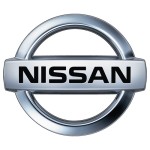
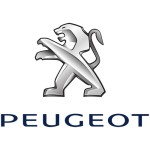
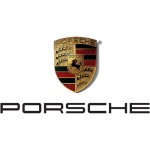
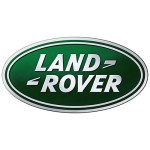
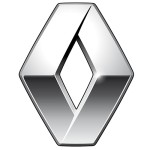

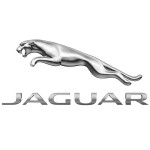




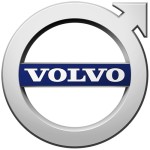

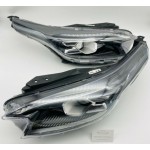
Leave a Comment